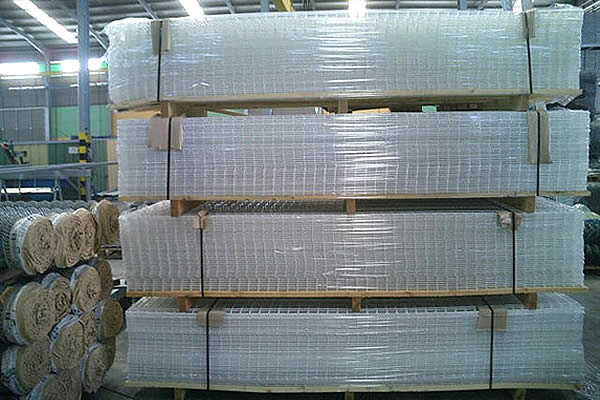 TEL:
+86-13102802206
TEL:
+86-13102802206
 Email:
fencenetting@china.com
Email:
fencenetting@china.com
 Language
Language
 TEL:
+86-13102802206
TEL:
+86-13102802206
 Email:
fencenetting@china.com
Email:
fencenetting@china.com
 Language
Language


The Essential Guide to Cables for Railing Systems
When it comes to modern architectural design, railing systems play a crucial role in providing safety while enhancing aesthetic appeal. Among the various materials used in constructing these railings, cable systems have swiftly gained popularity. Cables for railing systems offer a sleek, contemporary look and numerous functional advantages that make them an excellent choice for residential and commercial properties alike.
What are Cable Railings? Cable railings consist of stainless steel cables attached horizontally or vertically between posts. This design offers an unobstructed view, making it ideal for decks, balconies, and staircases where visibility is paramount. The minimalist appearance of cable railings complements various architectural styles, from modern to traditional, providing an elegant solution to safety without compromising on style.
Advantages of Cable Railings 1. Aesthetic Appeal One of the most significant advantages of cable railings is their ability to maintain an open and airy feel in a space. The thin cables do not distract from the surrounding scenery, making them a suitable option for properties with beautiful views.
The Essential Guide to Cables for Railing Systems
3. Low Maintenance Compared to traditional wooden railings, cable systems require minimal maintenance. Regular cleaning with soap and water is typically enough to keep them looking their best. Unlike wood, they do not need painting or staining, which can save time and money in the long term.

4. Safety Safety is a significant consideration for any railing system. Cable railings are designed to meet safety codes, ensuring they can withstand the necessary load requirements. The closely spaced cables reduce the risk of children or pets slipping through, making them a safer choice for family homes.
5. Versatility Cable railings can be installed in a variety of settings, including staircases, balconies, and patios. They can be customized to fit any size and design, allowing homeowners and architects the freedom to create unique installations tailored to specific spaces.
Installation Considerations Installing cable railings requires careful planning and execution to ensure safety and functionality. The posts must be sturdy and properly spaced to maintain tension in the cables. Additionally, it's essential to follow local building codes and regulations when installing any railing system.
Professional installation is often recommended, as experienced contractors can ensure that the railing is securely installed and meets necessary safety standards. However, for those experienced with DIY projects, self-installation is possible with the right tools and guidance.
Conclusion In summary, cables for railing systems are an excellent choice for those looking to combine safety with modern aesthetics. The benefits of durability, low maintenance, and versatility make them suitable for various applications. Whether you’re enhancing a home or a commercial space, cable railings provide a chic and functional solution that can elevate any design. As architectural trends continue to evolve, cable railings will remain a popular choice for those seeking to blend style with practicality.